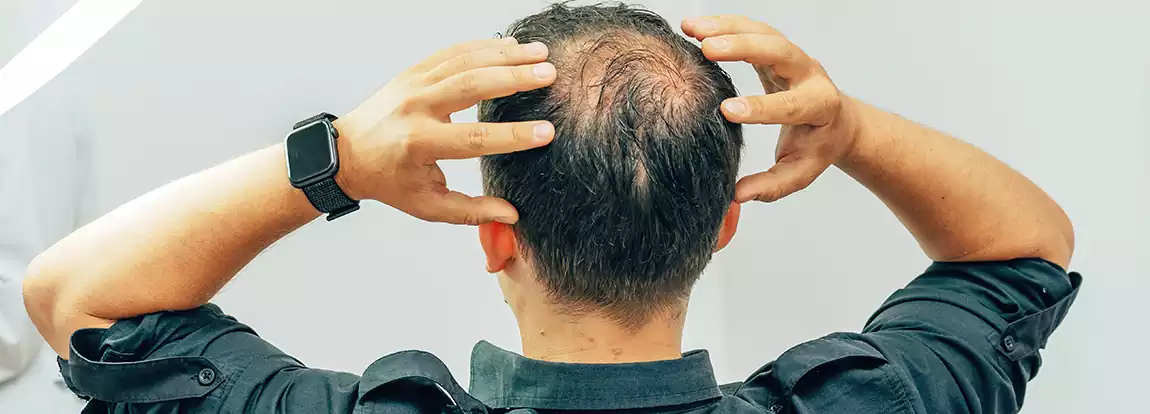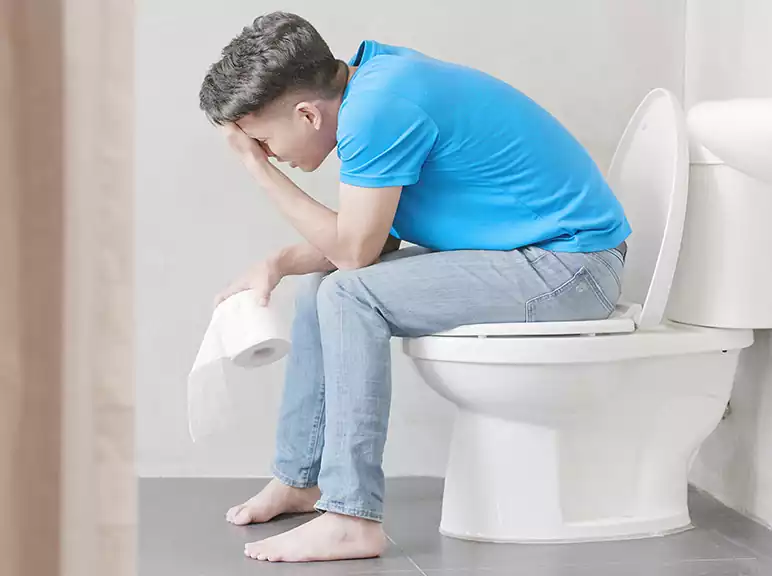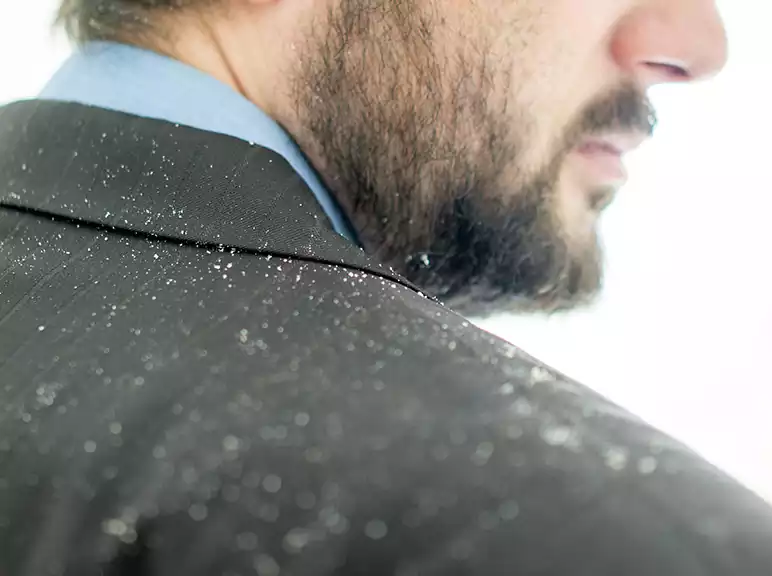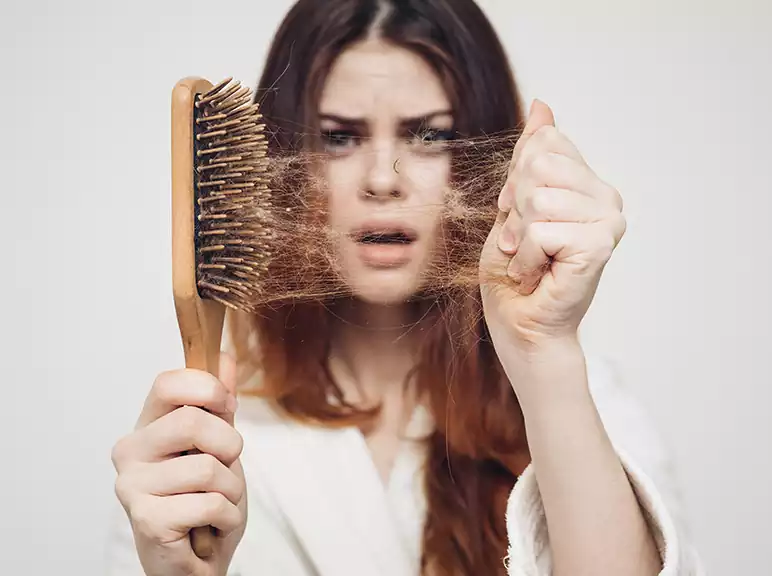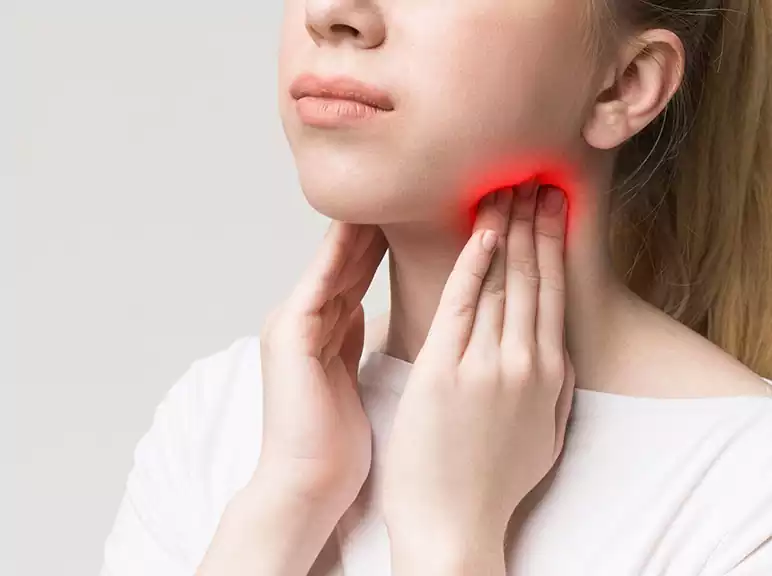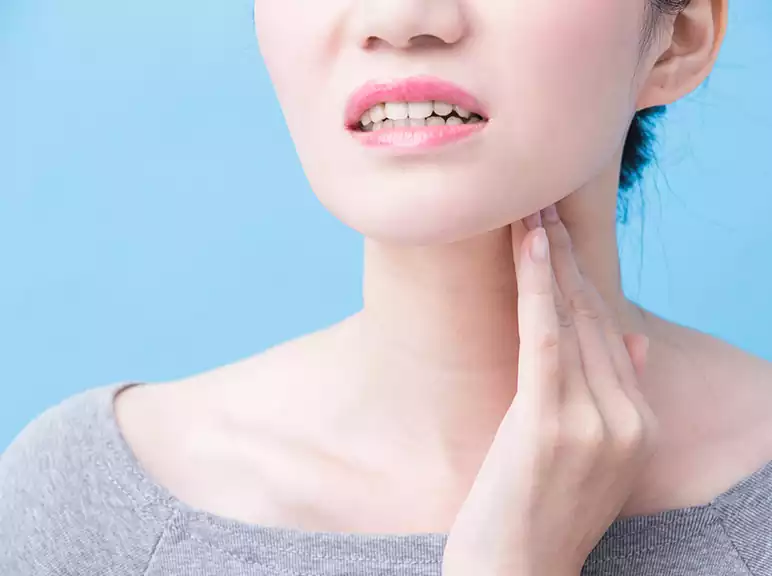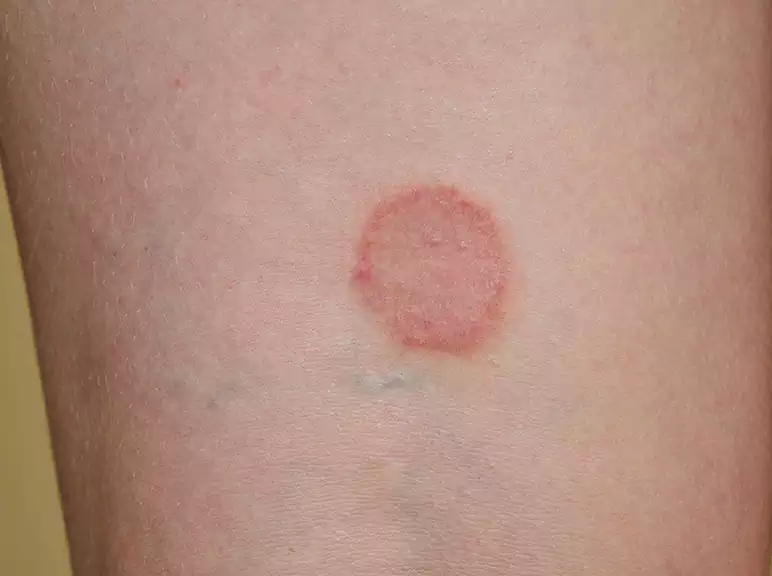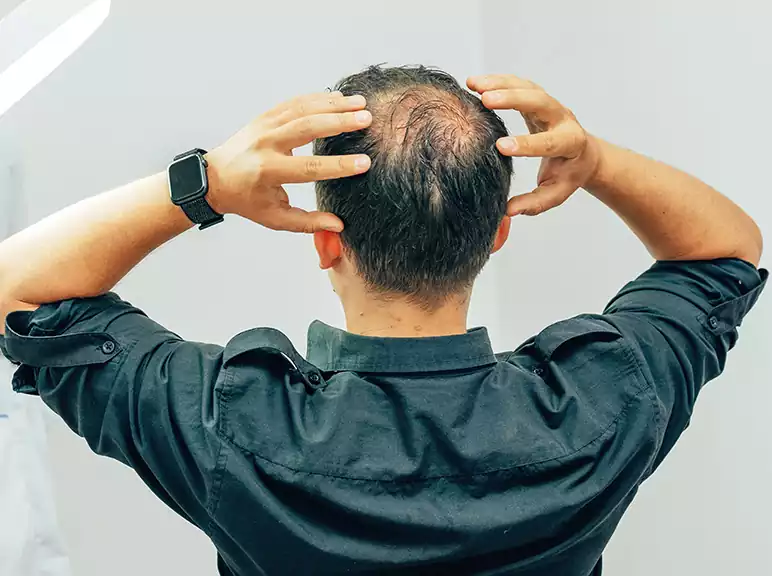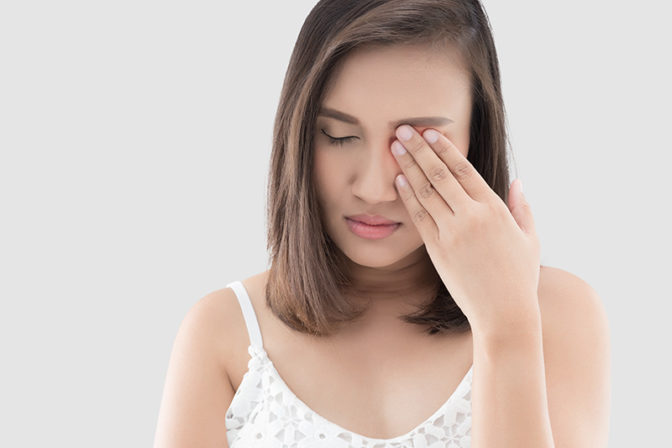Male Pattern Baldness (MPB)
What is male pattern baldness?
The most common condition of hair loss in men is baldness, which is also called androgenic alopecia. According to the studies, over 50% of all men aged 50 will be impacted by male pattern baldness.
What causes male pattern baldness?
A reason for male pattern baldness is genetics or baldness in the family. Research has found that baldness in the male pattern is associated with sex hormones known as androgens. Androgen has many functions, including hair growth control. Each hair on your head has a cycle of growth. With male shallowness, this cycle of growth starts to weaken, and the hair follicle shrinks and produces shorter and finer hair strands. Finally, for every hair, the growth cycle ends, and no new hair is replaced. Inherited male pattern baldness generally has no side effects. However, at times baldness has more severe causes, like certain cancers, medications, anabolic steroids and thyroid conditions. Visit our doctor if hair loss occurs after taking new medications or when other health complaints accompany it. Doctors use the hair loss pattern to diagnose baldness of the male pattern. They can carry out a medical history and examine certain conditions, such as fungal scalp conditions or nutritional disorders, as the cause. Health conditions can be a cause of baldness if hair loss can be accompanied by rash, redness, pain, scalp peeling, hair breakage, patchy hair loss or by unusual hair loss pattern. Skin biopsy and blood tests can also be necessary to diagnose hair loss disorders.
Am I losing my hair?
If your hair loss continues at the temples or the crown of your head, you may have male pattern baldness. Some men are going to get a single spot. Others have their hairlines receding in the shape of an “M.” Some men continue to wear the hairline until most or all of the hair is gone.
Techniques to address hair loss
If other health conditions are not a cause, medical treatment is not necessary. However, treatments are available for men who’ve been unhappy about their appearance and want a complete hair head.
Hairstyles
Sometimes men with limited hair loss can hide hair loss with the right hairstyle or haircut. Ask your hairstylist for a creative haircut that makes thin hair look complete.
Wigs or hairpieces
Wigs may cover thin hair, hair loss and complete baldness. They are available in various colours, styles and textures. Choose wig colours, styles and texture similar to your original hair for a natural look. Professional wig stylists can help fit wigs and help them to make their look even more natural.
Weaves
Hair weaves are wigs sewn into your natural hair. You need sufficient hair to sew the weave into. The advantage of weaves is that they always remain on, including during activities like swimming, showering and sleeping. The disadvantages are that when new hair growth occurs, sewing can affect your natural hair.
Minoxidil (Rogaine)
Minoxidil is a topical scalp medication. It slows hair loss in some men and stimulates the hair follicles to grow new hair. Minoxidil takes four months to a year to produce noticeable results. Hair loss often retakes place when you discontinue taking the medication. Minoxidil may have side effects, including dryness, irritation, burning and scaling. If you have any of these severe side effects, you should visit our doctor immediately:
- weight gain
- trouble breathing when lying down
- swelling of the face, hands, ankles, or abdomen
- laboured respiration
- rapid heartbeat
- chest pain
Finasteride
Finasteride is an oral medication which slows hair loss for some men. It works by blocking the growth of the hair loss hormone.
Finasteride’s success rate is higher than minoxidil. Your hair loss returns
when you discontinue taking finasteride. It takes three months to one year
to take finasteride before you see results. If there is no hair growth after one year, your doctor will probably recommend that you stop taking the drug. Finasteride’s side effects include:
- depression
- itching
- hives
- rash
- breast tenderness
- swelling of the face or lips
- breast growth
- painful ejaculation
- difficulty getting an erection
- pain in testicles
Even if it’s rare, finasteride may cause cancer of the breast. You should immediately have any breast pain or lumps assessed by a doctor. Finasteride may affect testing for prostate cancer in a prostate-specific antigen (PSA). The medication reduces the PSA level, causing lower than regular readings. Any increase in PSA levels should be evaluated for prostate cancer when taking finasteride.
Hair transplants
A hair transplant is the most costly and invasive hair loss treatment. Hair transplants work by removing hair from active hair growth areas of the scalp and transplantation into diluted or balding areas of your scalp. Multiple treatment options are often necessary, with a risk of scarring and infection. The benefits of a hair transplant are its natural appearance and its permanence.
Counselling
Going bald can be a significant change. You may have trouble accepting your appearance. You should seek counselling if you experience anxiety, low depression, self-esteem, or other emotional issues because of male pattern baldness.
Prevention
There is no known way to avoid baldness in the male pattern. One theory is that stress can cause hair loss through increased production of sex hormones in the body. You can decrease stress by taking part in relaxing activities such as walking, listening to soothing music and having a calmer time.

